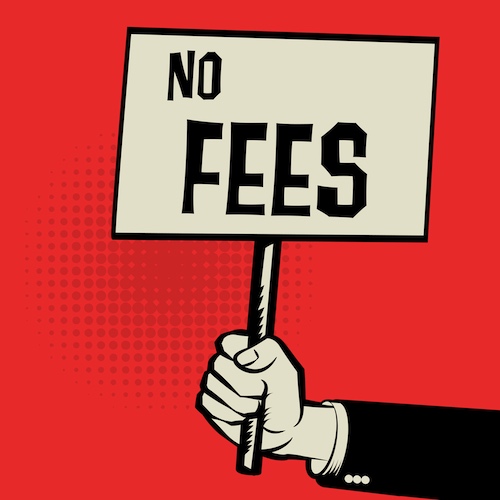Patent Invalid Due to Trade Show Demonstration More Than One Year Before Filing Date | Rothwell, Figg, Ernst & Manbeck, P.C.
In a cautionary tale for inventors participating in trade shows and other non-confidential presentations, on February 15, 2023, the U.S. Court of Appeals for the Federal Circuit affirmed a district court decision invalidating a patent claim where, more than one year before filing a patent application, the patent owner demonstrated a working prototype of the claimed invention at a tradeshow.
The Federal Patent Statute requires that a patent application be filed within one year of the first “public use” of the invention. A patent application will be barred, or an issued patent will be invalid, under the so-called “public use bar,” where, more than one year before the patent application is filed (called “the critical date”), the invention was (1) in “public use” and (2) the invention was “ready for patenting.” The courts have construed the statutory term “public use” to mean a use that is accessible to the public, which includes where the invention “is shown to or used by an individual other than the inventor under no limitation, restriction, or obligation of confidentiality.” (Citations omitted). “Ready for patenting” can be found where the inventor had a functional reduction of the claimed invention (e.g., a prototype) that works for its intended purpose or where the inventor had prepared drawings or other descriptions of the invention that were sufficiently specific to enable a person skilled in the art to practice the invention.
In the recent Federal Circuit case, Minerva Surgical, Inc. v. Hologic, Inc., the patent owner, Minerva, sued Hologic for infringement of a patent directed at surgical devices for a procedure called “endometrial ablation,” which stops or reduces abnormal uterine bleeding. The district court held that the asserted patent claim was invalid under the public use bar and granted Hologic’s motion for summary judgment. The district court found that the claimed invention was in public use because, before the critical date, Minerva had displayed and demonstrated prototypes falling within the scope of the patent at a conference for minimally invasive gynecology. According to the Federal Circuit: “displaying a product at a trade show by demonstrating to observers the product in its normal operation, or a simulation thereof, generally constitutes a ‘public use’ of the displayed product.” (citations omitted). In response to Minerva’s argument that no conference attendees actually handled the prototypes – and thus there was no public use – the court stated “public use may also occur where, as here, the inventor used the device such that at least one member of the public without any secrecy obligations understood the invention.” (citations omitted). Moreover, there were no “confidentiality obligations imposed upon” those who observed the prototype at the minimally invasive gynecology conference.
As for the “ready for patenting” prong of the public use bar analysis, the Court found that the invention was reduced to practice, because Minerva created working prototypes that embodied the patented invention and worked for their intended purpose. Minerva’s argument that at the time of the conference it was still working to perfect the device did not sway the Court; the prototypes demonstrated at the trade show worked as intended – and as described and claimed in the patent. The Court of Appeals also found Minerva’s invention was “ready for patenting” for the additional reason that there was documentation “sufficiently specific to enable a person skilled in the art to practice the invention.” (citations omitted). For example, at the time of the conference, Minerva had an inventor’s lab notebook with detailed descriptions and CAD drawings of the invention.
The lessons from the Minerva case are pretty clear. Displaying – especially demonstrating – a prototype of an invention, or even providing detailed written and graphic information about the invention, at a trade show or other presentation where no obligations of confidentiality are imposed on the attendees, may constitute a public use of the invention. In the United States, the inventor will have one year from the date of that public use to file an application or they will be barred from getting a patent on the invention. Some jurisdictions outside the United States do not provide a one-year “grace period”; an application must be filed before any public use or disclosure of the invention. While trade shows and presentations can be invaluable for exposing the invention to customers and investors, it is important to consult a patent attorney – preferably before any use or disclosure of the invention that might be deemed public – to ensure that future patent rights are not squandered.






